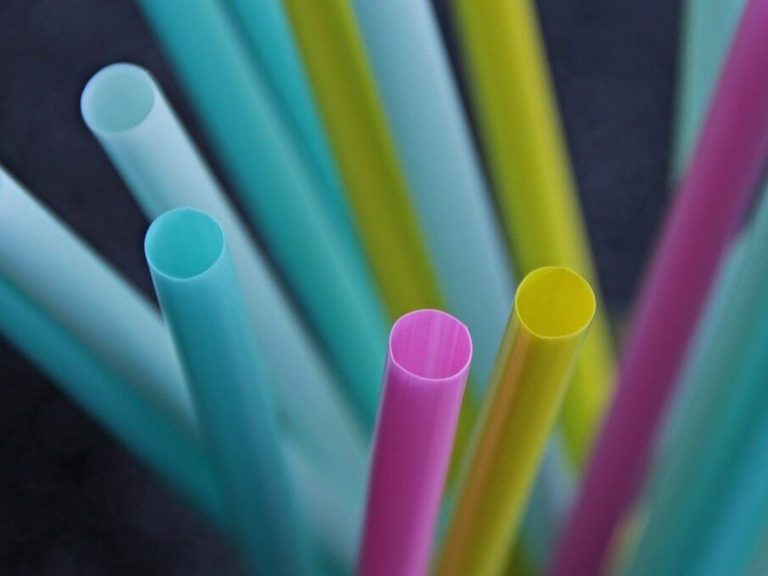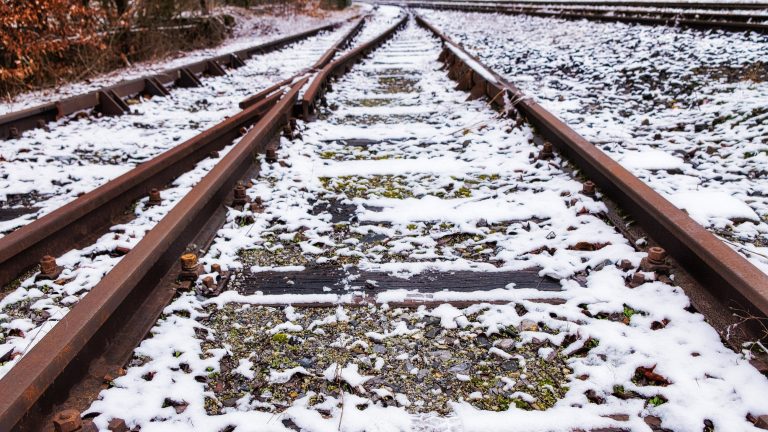Green railway!

Built from scratch or historic, but always pro-ecological – these are the railway stations covered by the Railway Station Investment Program for 2016-2023. By the end of 2023, there will be almost 200 of them throughout the country, but this is not the only area in which PKP SA is developing environmentally friendly solutions.
Ecology, in addition to accessibility for passengers with limited mobility, modernity and improved comfort and safety, is one of the main assumptions of the largest program in the history of the Polish State Railways, changing the face of Polish railway stations. The fact is that pro-ecological solutions were already implemented in station investments carried out before 2016, but only now is it happening on such a large scale and using such different methods. However, not only stations are to be ecological, but also the way we get to them. Hence, PKP SA launched several services under the PKP Mobility brand. All this is intended to make the railway, which is already the most ecological means of public transport, even greener!
40 super-ecological
The importance of ecology in the Station Investment Program is demonstrated by the fact that completely new Innovative System Stations will be built in almost 40 locations throughout Poland. These are facilities designed to save and optimize the use of water, electricity and heat, but also use renewable energy sources. Therefore, they are characterized by ensuring broadly understood comfort for travelers while selecting environmentally friendly technical solutions. Heat pumps are usually used to maintain thermal comfort in the building, and lighting is provided by energy-saving light sources. They are powered by the grid and photovoltaic panels located on the building’s roofs. Interestingly, the “green energy” produced is not sold, but accumulated and used only for the needs of stations. Some projects also use rainwater, collected in special underground tanks. They not only have a retention function, but the rainwater obtained in this way is also used to water greenery and sometimes, after filtration, to flush station toilets. This type of solution will be used, for example, at the Łaskarzew Przystanek station, the construction of which started this summer. It can be said that IDSs are the vanguard of pro-ecological solutions among properties managed by PKP SA, although historic and other facilities rebuilt as part of the Railway Station Investment Program for 2016-2023 do not lag behind them at all.
Old, but… with a green soul
More than 50% of railway stations are under various forms of conservation protection. all buildings included in it. Ecology is also of great importance here. Similarly to IDSs, they are equipped with systems responsible for optimizing the consumption of water, electricity or heat, controlling the operation of installations and devices, i.e. the so-called BMS (Building Management System). Moreover, when modernizing historic buildings, reducing heat losses is very important. It is done by insulating them from the inside, as well as replacing window and door frames with ones with a low degree of thermal transmittance. Door automation and air curtains above the entrances are also important in this type of buildings. What is extremely important, all such improvements must comply with the guidelines of the conservator of monuments in order to preserve the historic substance as best as possible. This is sometimes quite a challenge, although completed investments under PID 2016-2023, such as the reconstruction of Wałbrzych Główny and Białystok stations, clearly show that it is possible. When modernizing historical stations, solutions based on renewable energy sources are used less frequently, which is sometimes simply due to conservation conditions, as well as the analysis of the profitability of implementing this installation solution prepared for each investment. Despite this, of the 39 stations that have been completed so far under PID 2016-2023, the largest photovoltaic installation so far is located at the station in Białystok, dating from the 19th century. There are panels on the roof of the building with a total power of 23.2 kWp, which are estimated to generate approximately 21,112 kWh of green energy per year. Rainwater is sometimes also used in historic stations. This is the case, for example, at the station in Skarżysko-Kamienna, which opened to travelers in August this year, where it is, after filtering, used to flush toilets. However, pro-ecological solutions are not only those related to the use of renewable energy sources or the optimization of water, electricity or heat consumption.
Roof gardens, rain gardens and… birdhouses
When modernizing some stations, non-standard solutions will be used. A good example is Gdańsk Wrzeszcz, whose reconstruction began this summer. Almost 400 square meters of greenery were designed on its roof, constituting a bioactive surface made of ready-made vegetation mats consisting of moss, sedum and herbs. These plants are undemanding in cultivation and drought-resistant. Another interesting example of organizing greenery at the station is Dąbrowa Górnicza. In accordance with the station reconstruction project, the so-called arrangement is planned in the vicinity of the facility. dry rain gardens with an area of 256 square meters, composed of approximately 2,500 plants, such as Siberian iris, common loosestrife, watermint, milkweed and winter horsetail. Their main task will be to initially filter rainwater and gradually release it into the soil. Another interesting feature at railway stations is the construction of nesting boxes for birds as part of their modernization. These we will encounter, among others: in Tczew or Skarżysko-Kamienna.
We support eco-commuting to stations
PKP SA’s pro-ecological activities are not limited to railway stations alone. As part of pilot projects, projects supporting the development of electromobility are carried out under the PKP Mobility brand. These include the construction of the ecoMOTO electric car charging station, which began several years ago, as well as the car-sharing service, which has been available in the Tricity since last summer.
PKP SA also encourages the use of bicycles when accessing railway stations by systematically expanding and increasing the availability of bicycle racks and shelters. They are being built at each railway station rebuilt as part of the Railway Station Investment Program for 2016-2023. Currently, there are over 3,200 bicycle racks at manors all over Poland.






